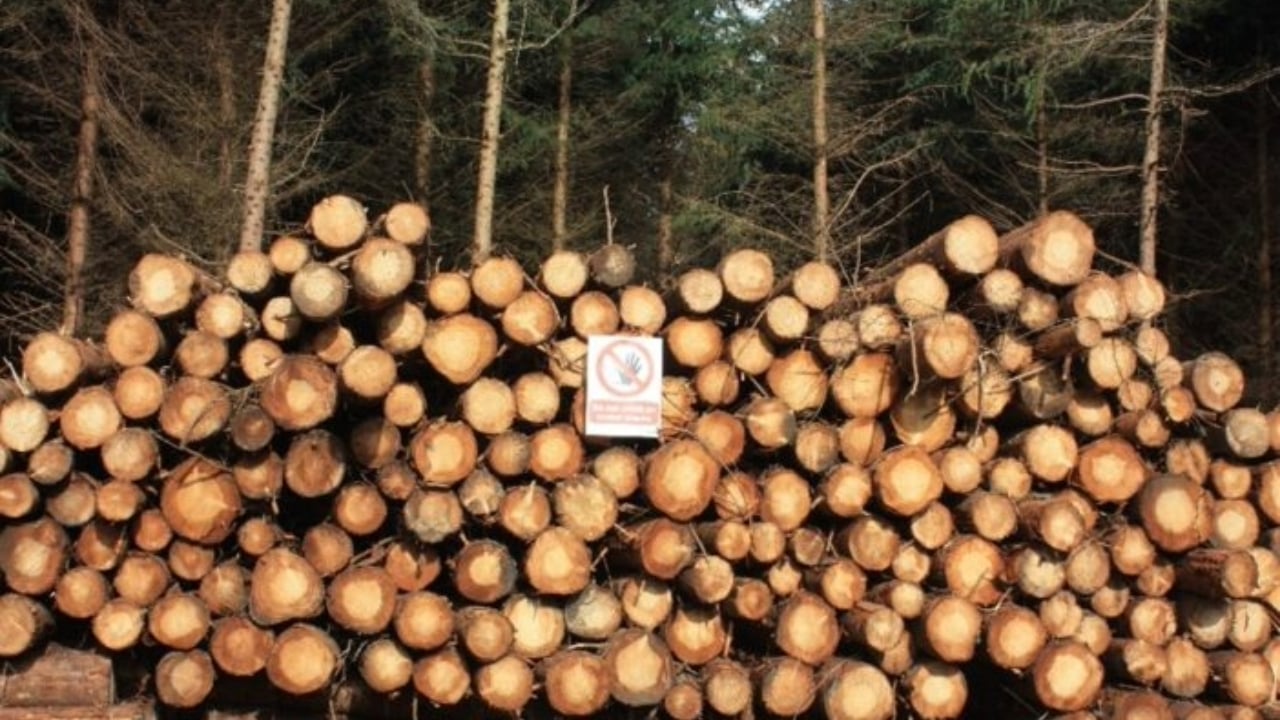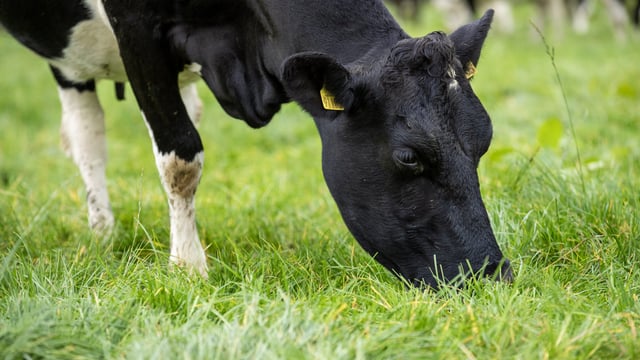How should harvested timber stacks be estimated?
As timber harvesting in forests affected by previous storms continues throughout the country, it is important for forest owners to be aware of how much timber they have.
Teagasc explains that when preparing harvested timber for sale, having accurate estimates of quantities is essential information for forest owners.
A number of methods can be used, such as:
- Crop inventory carried out by a qualified professional in the forest prior to felling;
- Calculation by well-calibrated harvesting machines as harvesting takes place;
- Measuring of the timber in stacks at the roadside;
- Weighing of the timber at an agreed weighbridge.
The timber stack measurement method has many advantages, such as being quick, and facilitating estimates of the amount of timber leaving the forest, and calculation of the volume of different individual stacks, according to Teagasc.
This method also has some disadvantages, such as all logs must be uniform in length and stacks built neatly before calculations. Frequent monitoring is also required to keep track of removal or addition of timber, according to advisers.
Teagasc explains that the timber stack width is the specified length of the timber product in the stack, and a number of sample (billets) should be checked to verify the stack width.
Stack length is the average length of the front and back face of the stack. The stack should be measured from the centre point of the outermost billets at one end of the stack to the centre of the outermost billets at the other end (see below).
Stack height is the height from the bottom of the stack to the centre of the highest billet at the top of the stack.
Average stack height is the average value of a series of height measurements taken along the length of the stack.
A minimum of three to four measurements should be taken at regular intervals along both faces of the stack or at every 2m, according to Teagasc.
Measuring a stack requires a measuring tape (30m), fixed area grid (quadrant), record sheet, and a pen.
To calculate the gross volume of the stack, follow the equation: gross stack volume (m3) = the stack width*stack length*average stack height.
Teagasc is reminding forestry owners that this volume estimate also includes open spaces between the logs, and so a conversion factor must be applied to convert the gross volume of timber to the net volume (volume of timber only).
The simplest way to do this is by using a standard conversion factor of 7, which is the most commonly used conversion factor in the forest industry, according to Teagasc.
The formula is as follows: gross stack volume*conversion factor = net stack volume (m3).
Teagasc has also stressed that understanding the market and securing sound contracts are key to maximising profitability in the timber industry.






